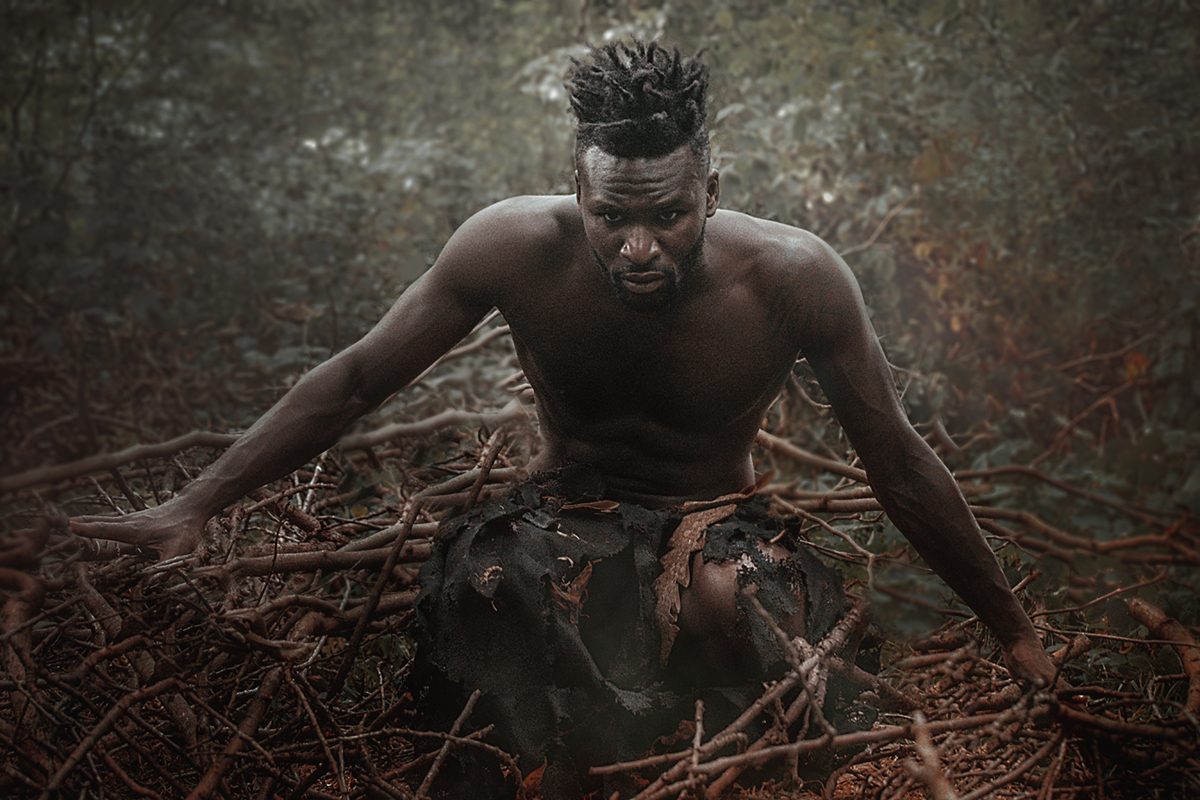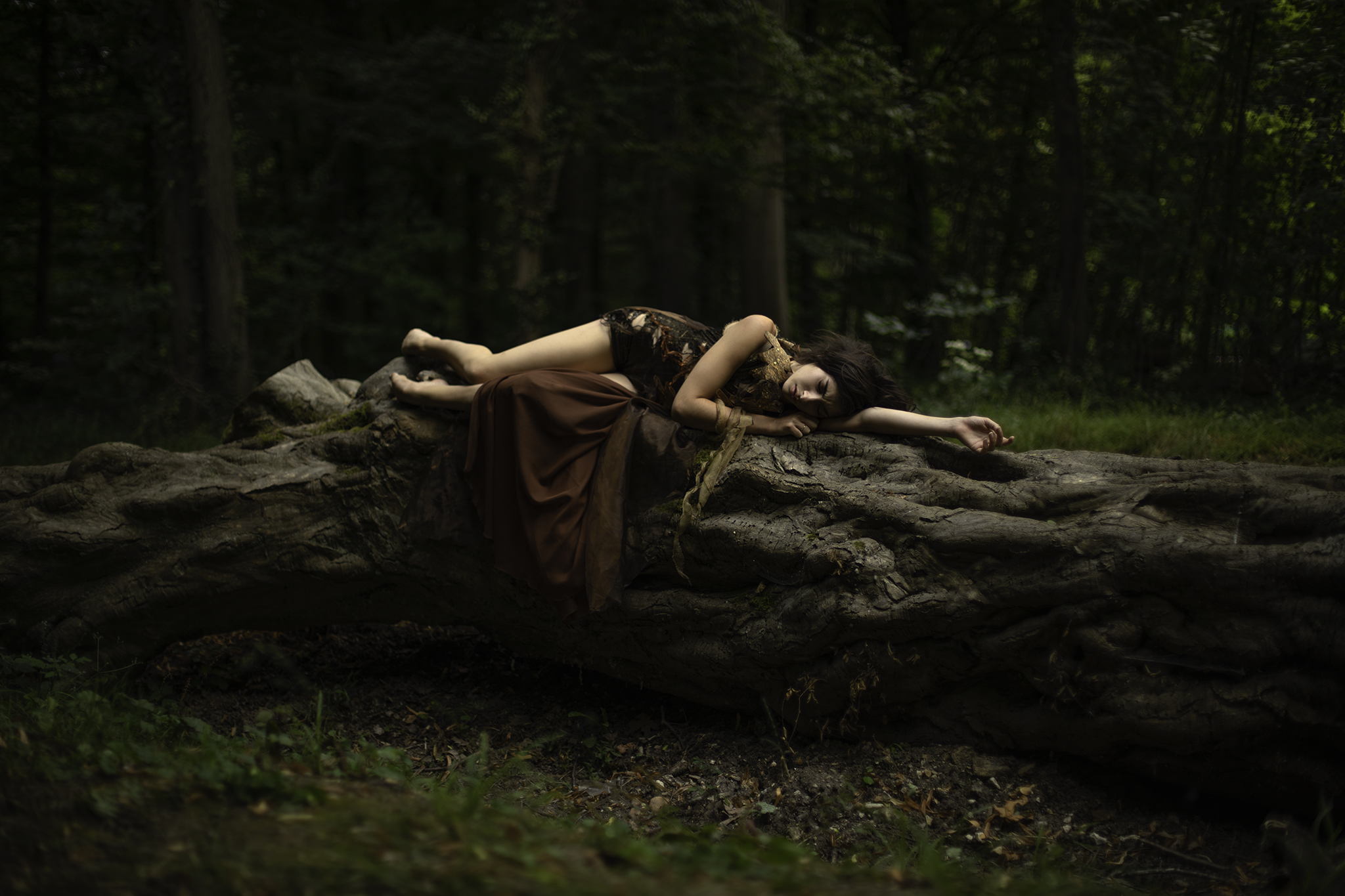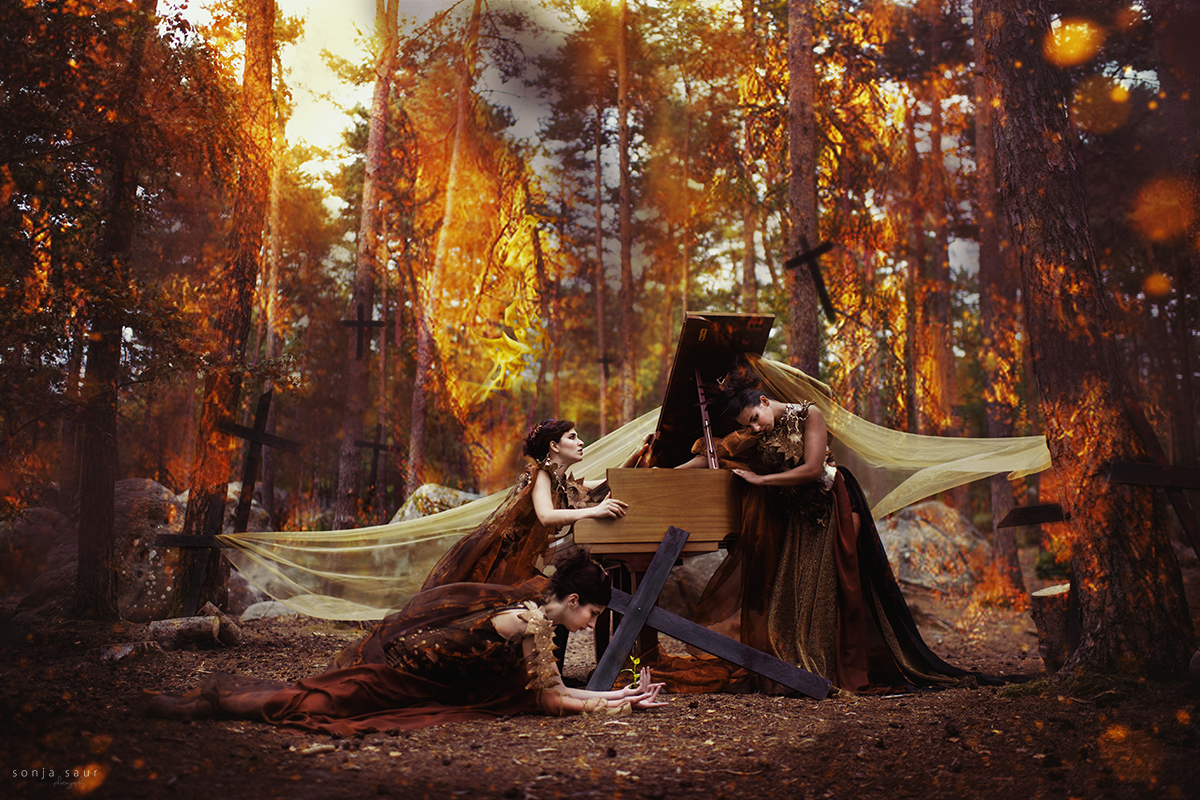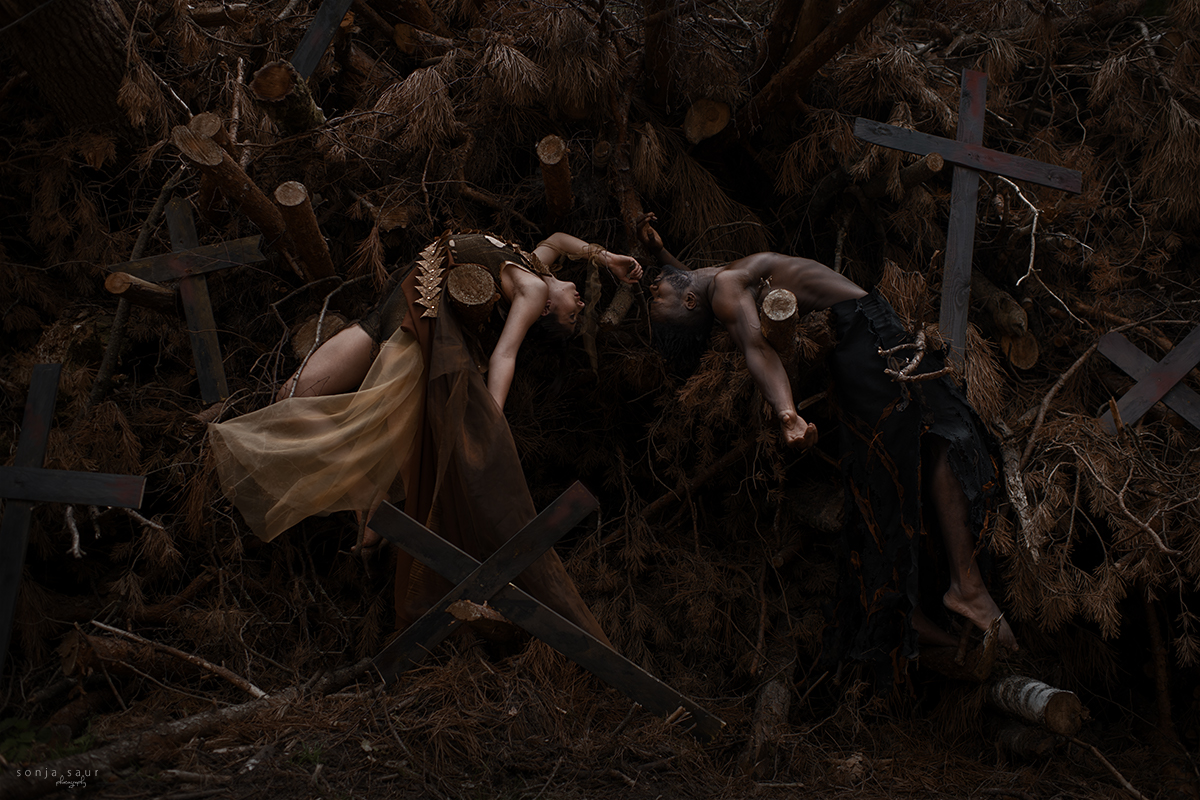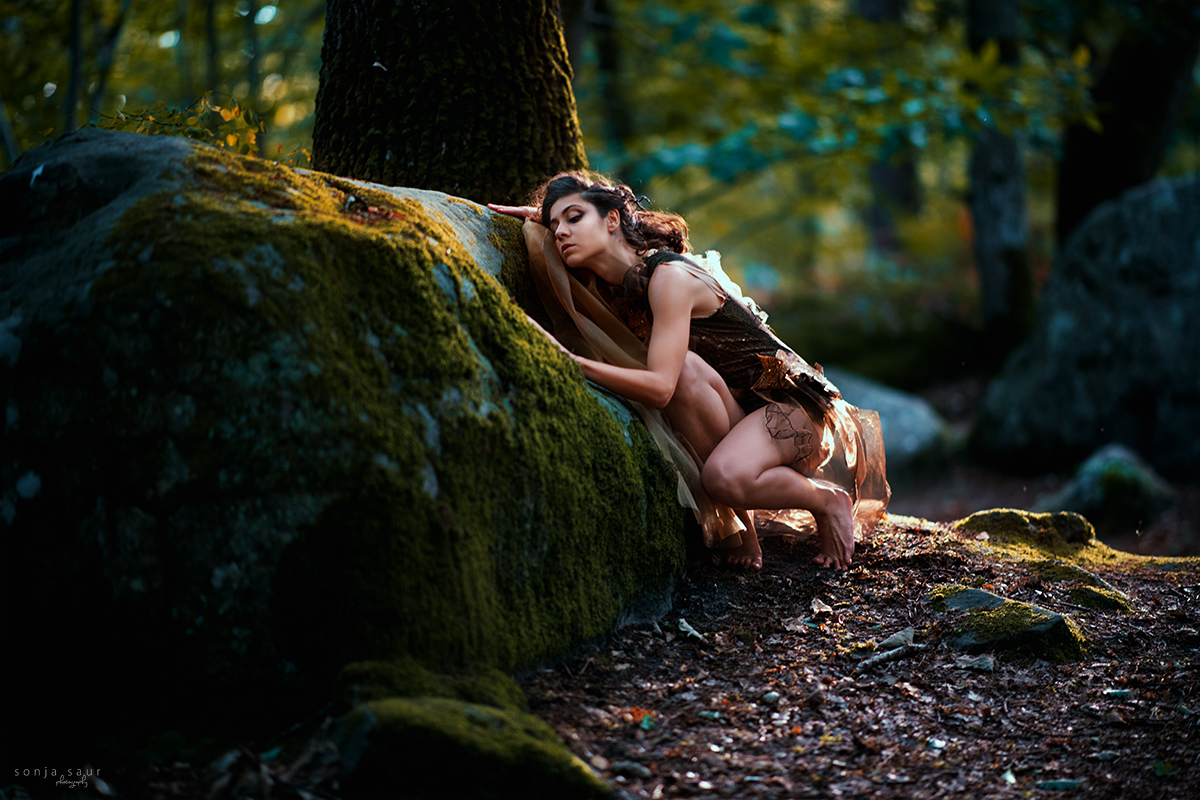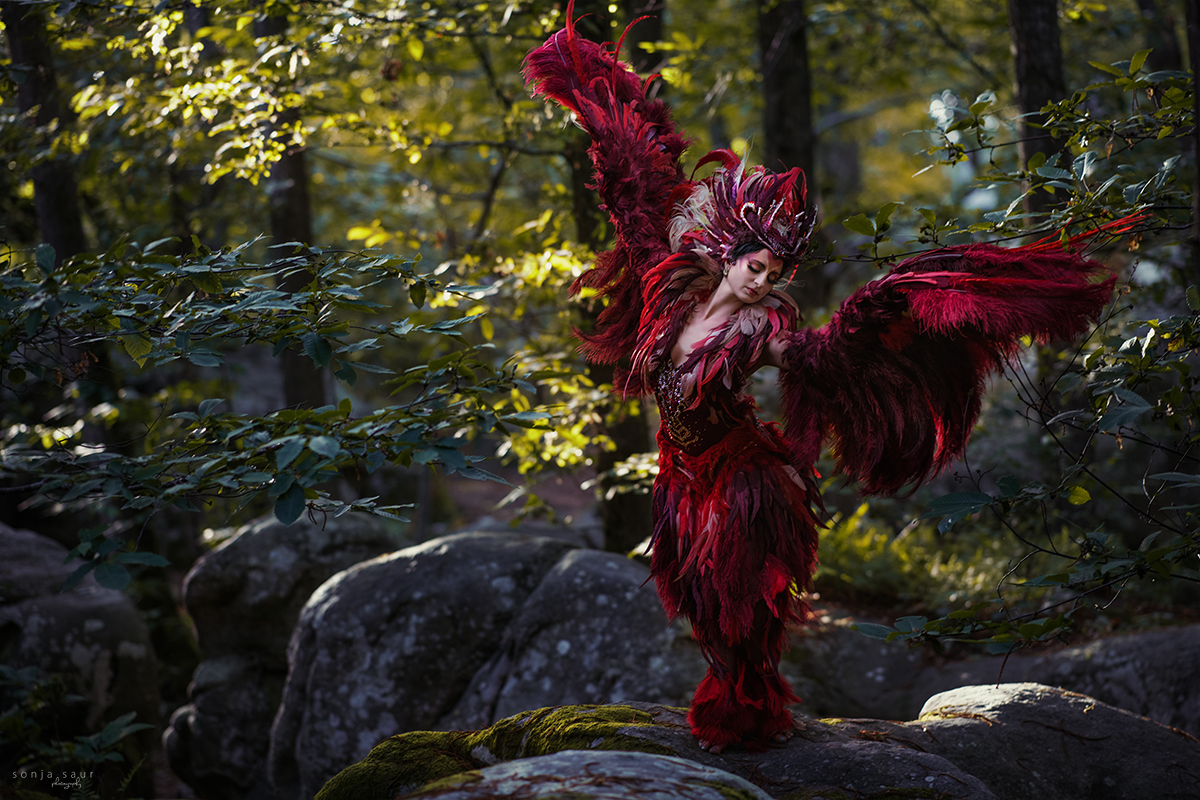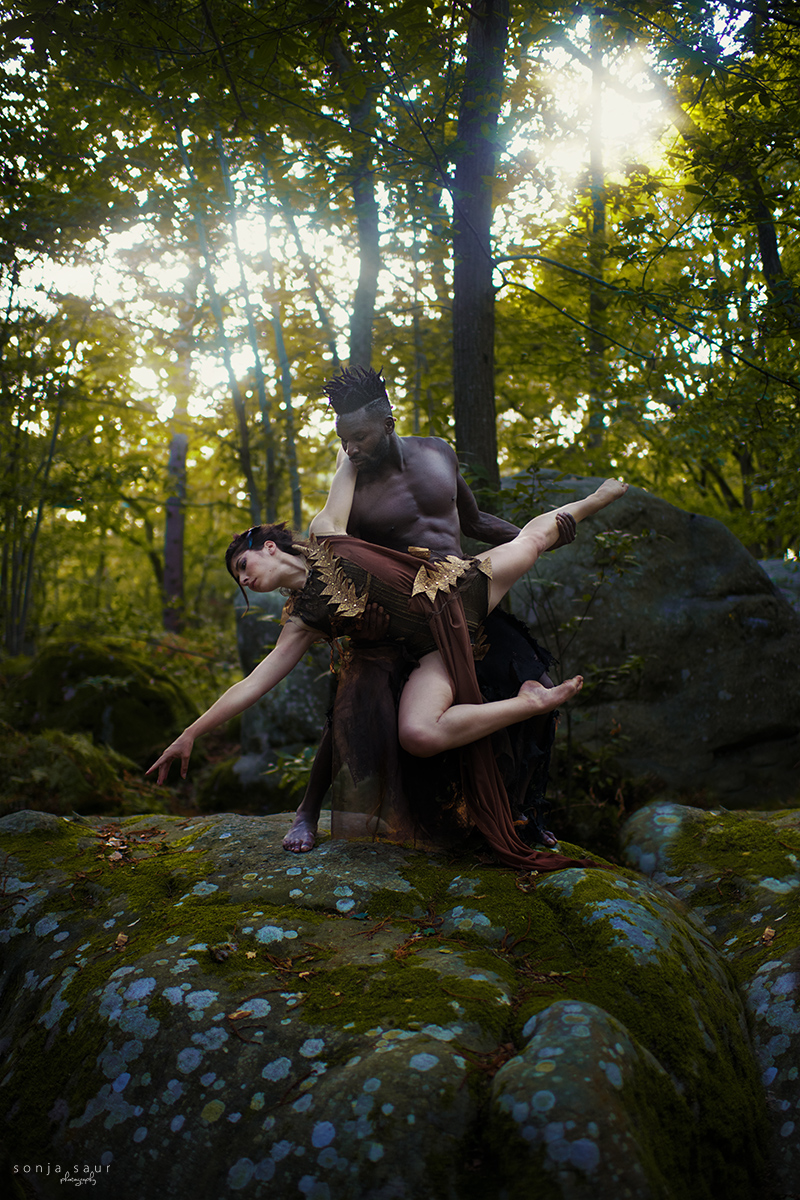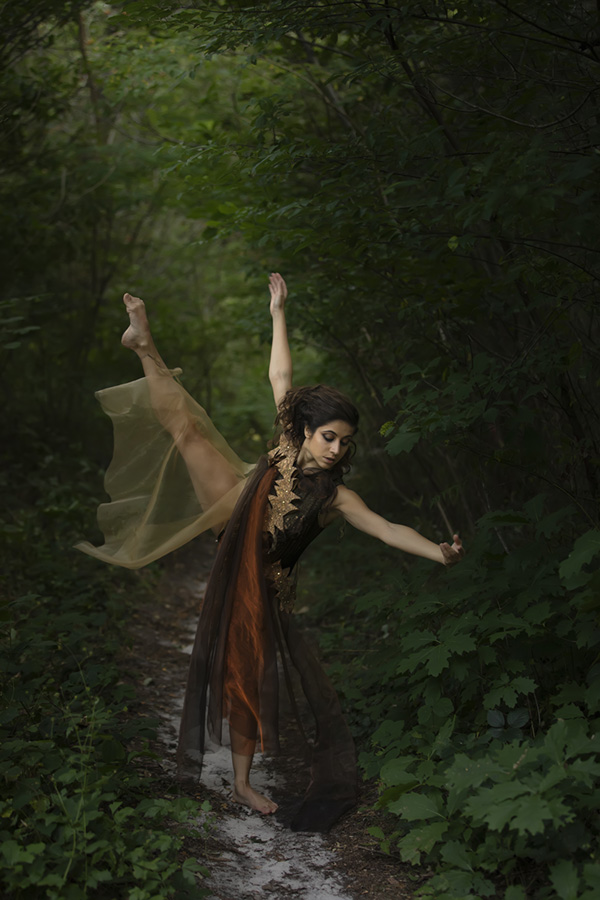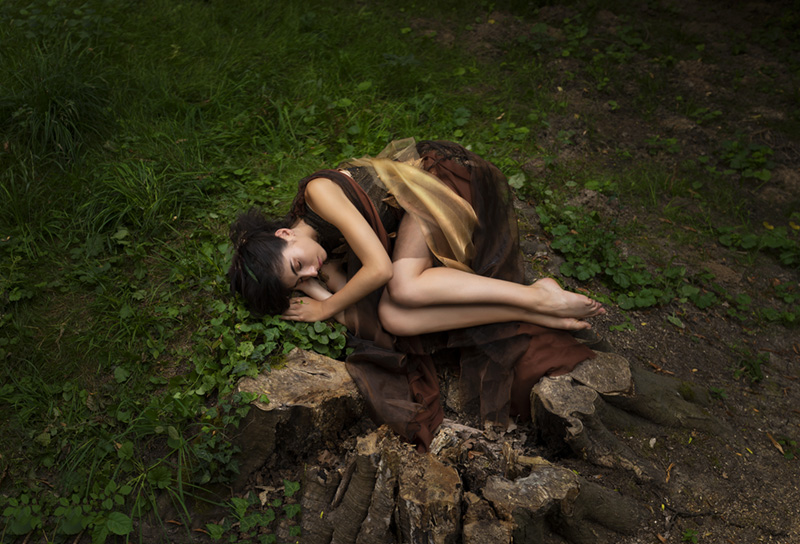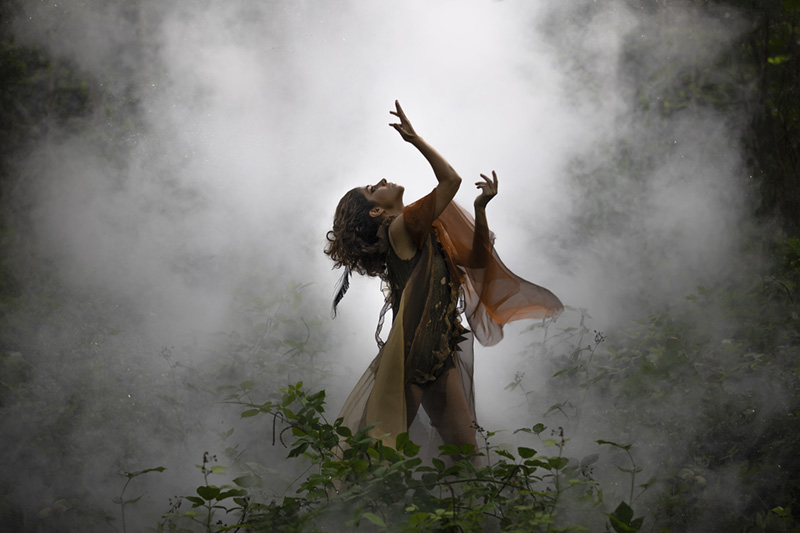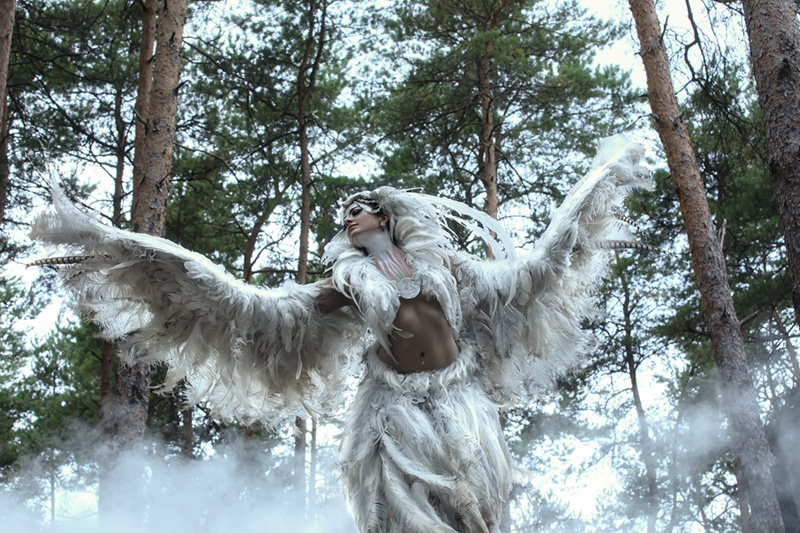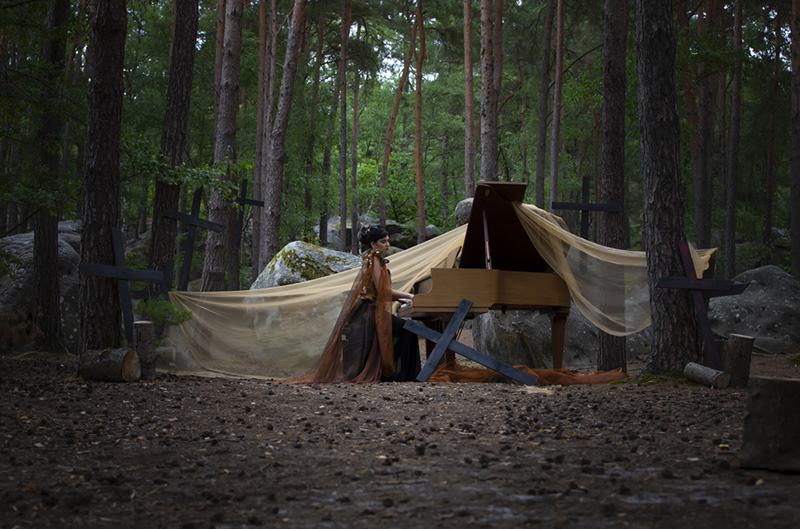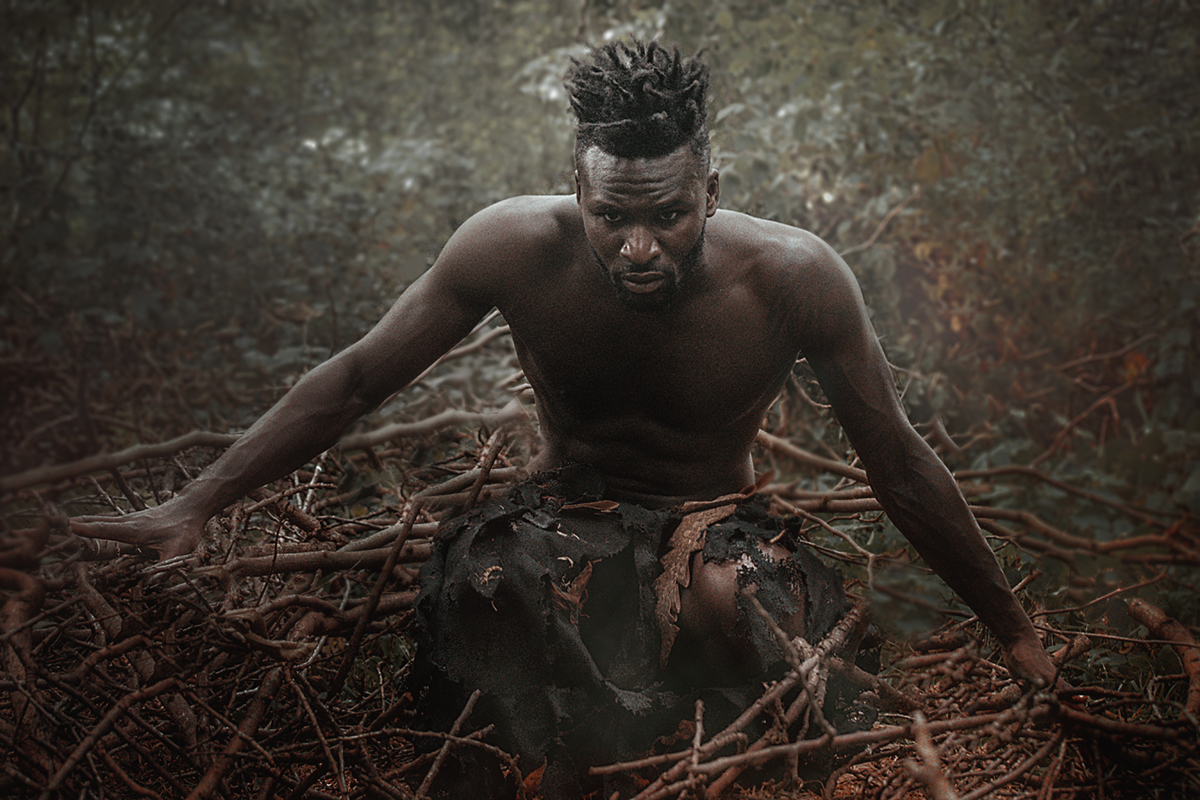CLIMATE EMERGENCY :: DEFORESTATION
"We design visual art to raise awareness on climate change"
Free Spirit
Forests, which cover 30%of the planet surface, play a vital role for the survival and the well-being of the 7 billions inhabitants of the planet and biodiversity protection. They are source of food, medication and clean water. They take part in carbon sequestration, flooding control and protection against soils erosion and desertification. Finally, they are essential to fight against climate change. Forests shelter more than 80% of animal species, plants and insects of the planet (source from the UN). According to the FAO, 300 million of people live in the forests or in the surroundings and more than 1.6 billion people depend on the forests to live at some different degrees.
However, despite those precious green, economic and social advantages, men are destroying the forests disproportionately whereas they are essential to life. Deforestation worldwide continues alarmingly: 13 million hectares of forests are destroyed each year. Deforestation is responsible for 12 to 20% of world greenhouse gas emissions which contribute to global warming.
Our association ‘ Free Spirit ’ launches its program “re-green the planet”, a reforestation program all over the world. Inspired by the Kenyan Nobel Prized environmental activist’s work, Wangari Maathai, who planted 3 million trees during 30 years, the Free Spirit thus joins the world effort of all the organizations and all the committed citizens in the reforestation of our beautiful planet, this initiative should be imperatively along with a way of life more respectful of nature for each individual living on our planet.
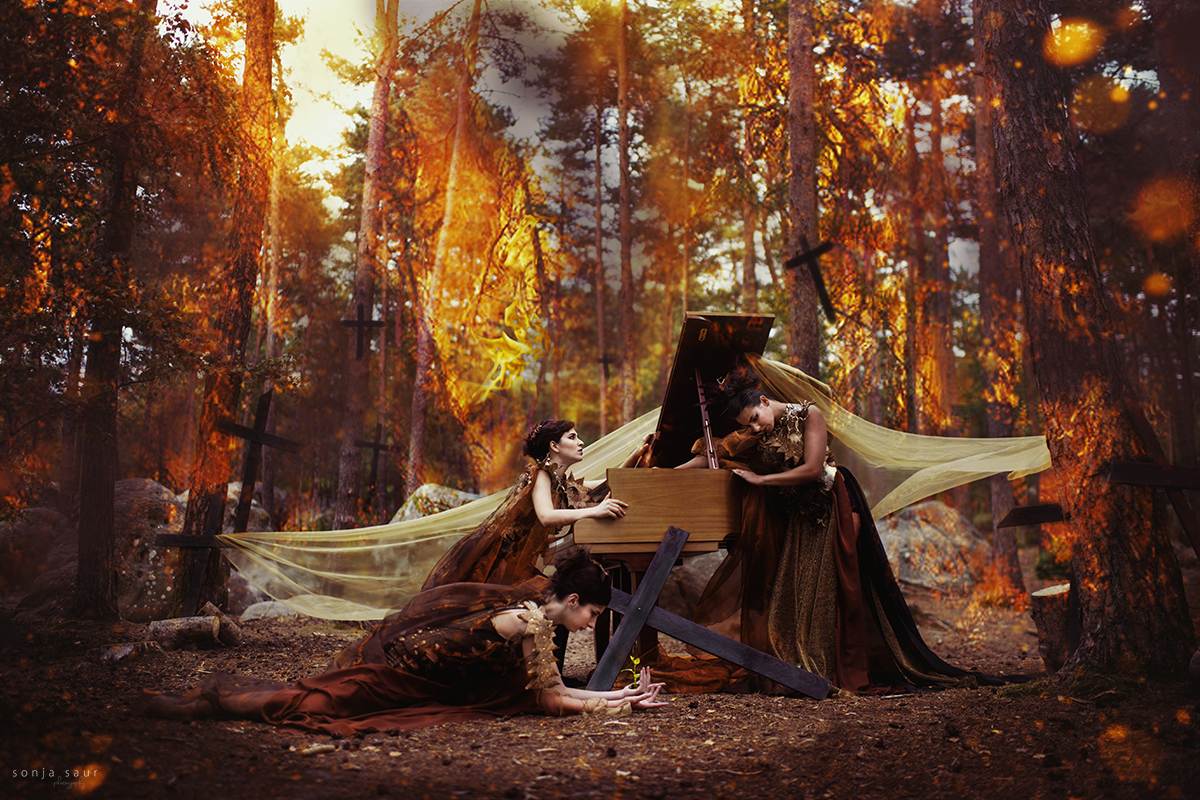
CURRENT SITUATION
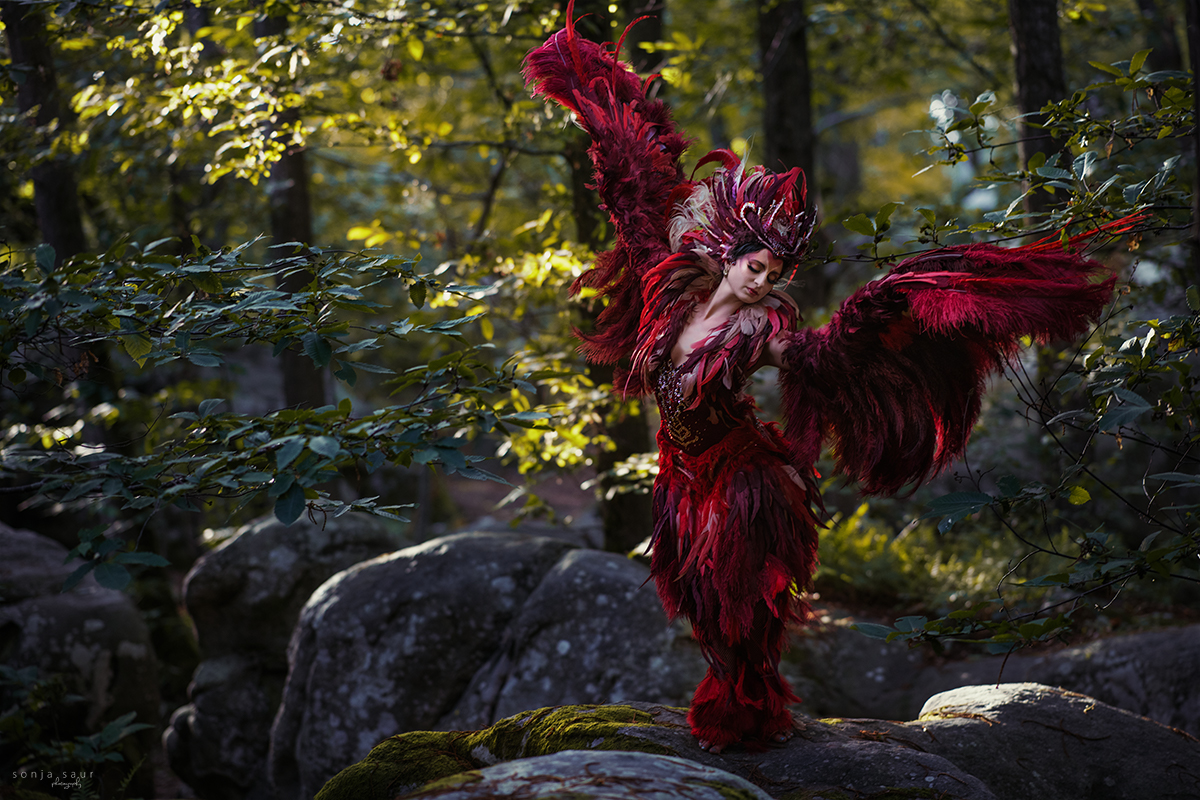
Today, 30% of the planet is covered with forests whereas this figure represented 66% 400 years ago. According to World Resources Institute, 80% of the world original forest area was cut down or degraded, essentially during the last 30 years…
Between 1990 and 2000, each year, it was more than 14 million of forests hectares which disappeared each year. From 2000 to 2012, we talk about more than 23 million of hectares. In total, since 1990, the world has lost in forest, the equivalence of the South-Africa area, meaning 129 hectares. Finally: during the period from 2010 to 2015.
A sad record was registered in 2016 with a loss of 30 million hectares of forests.
Today, each year, the equivalence of Greece area disappears.
CAUSES
- To make more land available for housing and urbanization
- To harvest timber to create commercial items such as paper, furniture and homes
- To create ingredients that are highly prized consumer items, such as the oil from palm trees
- To create room for cattle ranching
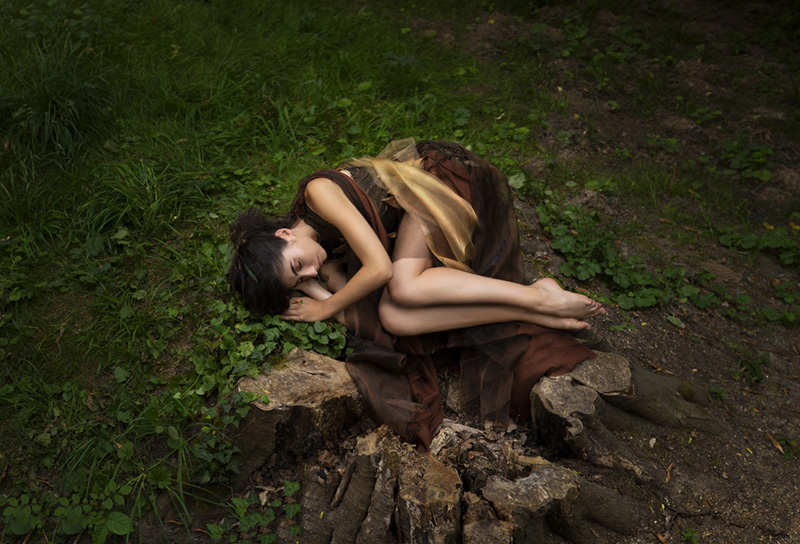
CONSEQUENCES

Biodiversity loss
Forests cover 80% of terrestrial biodiversity. It is a real haven for animal and plant species. The forest shelters mammals, birds, insects, amphibians and species often rare and fragile. Deforestation is thus a disaster not only for Men but also for all lives on Earth. One of the biggest dangers : the biodiversity loss can be irreversible. Many species are threatened with extinction because of forests disappearance. For example, the bigs apes in Africa, see their number tremendously diminish because of the destruction of their natural habitat.
Increasing of diseases
According to the Institute of Research for the Development (IRD), forests diminish infectious diseases. The deforestation remains one of the main causes of the emergence of new infectious agents and their epidemic movement in the human populations. According to a study, 40% of the world population lives in regions affected by malaria. Yet, in the areas zones highly deforested, the risk of contracting this disease is 300 higher than in the forest areas.
72% of the emerging diseases transmitted by animals to Men are spread by wild animals. Deforestation encourages the contact between Men and animals and encourages thus the transmission of pathogens agents.
Weakened soils
Deforestation weakens soils. The forest makes soils richer in terms of organic matter and makes them more resistant to bad weathers and erosions. Thus, when a forest is destroyed, the soil is weakened and becomes more vulnerable to natural disasters (landslip).
Natural disaster
Forests are essential to the structure and the soil quality. Indeed, they diminish the hydric and wind turbine erosion and maintain the cycle of nutrients in these soils. A bared soil does not bring the essential protection anymore against violent rains. Environment becomes then more favorable to landslide and flooding. Haïti for example, where more than 90% of trees were cut down, keeps suffering from deadly mudslides because water is not kept anymore by the roots in the localities localized on sea level. In others regions of the world, particularly affected by deforestation and where hurricanes commonly happen, forests are not natural barriers anymore to protect against tsunamis and cyclones.
Diminution of water
For drinking water, the forest helps to replenish the water tables. ¾ of drinking water comes from forested catchment areas. ⅔ of big cities of developing countries depend on forests for their drinking water supply The forest which filters and holds water, protects against catchment areas which provide purified fresh water to rivers. Because of the deforestation, we are facing soils erosion and siltation of waterways. This leads to reduce access to drinking water.
Climate change
A study from Leeds university (Great-Britain) led by Dominick Spracklen showed that deforestation participated in reducing air humidity.
Furthermore, the massive forests disappearance strongly participate in greenhouse gas, which is the cause of global warming. Deforestation is directly responsible for 17% of world carbon emissions. It is the 3d emitter after the energetic supply and et industry.


Forests are carbone vessels. They hold it both in the live and dead biomass, in the decaying organic materials and in soils. Huge quantities of carbone have been released in the atmosphere because of the deforestation. In 2005, forests kept more than the half of carbone accumulated by terrestrial ecosystems.
Finally, according to the experts from IPCC pour Intergovernmental Panel on Climate Change , regarding futur global warming, from +2°C, the terrestrial ecosystems risk to release more greenhouse gas in the atmosphere and they will not store it.
KEY FIGURES
- Forests currently cover about 30 percent of the world’s landmass, according to National Geographic.
- The Earth loses 18.7 million acres of forests per year, which is equal to 27 soccer fields every minute, according to the World Wildlife Fund (WWF).
- In 2016, global tree cover loss reached a record of 73.4 million acres (29.7 million hectares), according to the University of Maryland
- 10% of the world’s forests are now protected areas. This is roughly the size of India.
- Up to 28,000 species can go extinct in the next quarter century due to deforestation.
- deforestation is the cause of 15% of carbon emissions
- 70% of our world’s plant and animal species live in forests.
